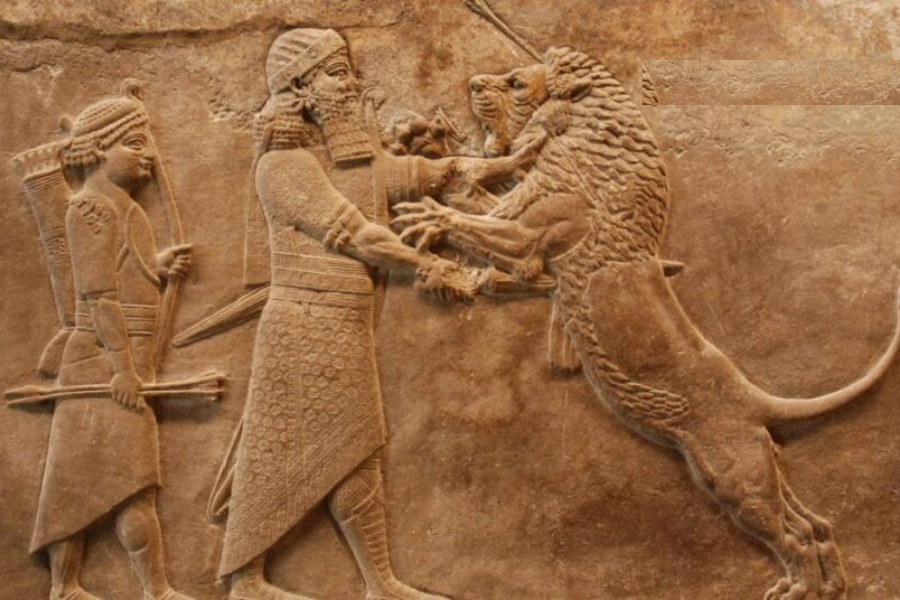Presentation:
The tremendous and various scenes of Mexico are famous not just for their rich social legacy and stunning regular magnificence yet in addition for their huge authentic commitments to the mining business. Among the less popular yet critical parts of this mining history are the old mexican mining ovens, referred to locally as “hornos de cal.” These stoves assumed an essential part in Mexico’s mining industry, especially during the pioneer and early post-frontier periods. This article dives into the set of experiences, engineering, and social meaning of these old mexican mining ovens, investigating how they formed the financial and social texture of the country.
Authentic Foundation:
The Ascent of Mexican Mining:
Mining has been a foundation of Mexican history since pre-Columbian times, with old developments, for example, the Aztecs and Maya extricating different minerals. Nonetheless, it was during the Spanish pioneer time frame that mining in Mexico went through huge development. The Spanish victory of Mexico in the mid sixteenth century brought progressed mining strategies and an intense quest for valuable metals. The disclosure of huge silver stores in locales like Zacatecas and Guanajuato changed Mexico into one of the world’s driving silver makers.
The Appearance of Mexican Mining Broilers:
As the mining business developed, so did the requirement for proficient techniques to handle metal. The “hornos de cal” arose as an answer for convert crude mineral into usable materials. These broilers were fundamentally utilized for the creation of quicklime, a fundamental fixing in the purifying system. Quicklime, or calcium oxide, was created by warming limestone in the stoves to high temperatures, separating it into lime and carbon dioxide.
Engineering Elements:
Development and Plan:
Old Mexican digging broilers are remarkable for their unmistakable engineering highlights. Commonly developed from neighborhood materials, for example, stone or adobe, these stoves were worked to endure the extreme intensity expected for lime creation. The plan of these broilers was many times affected by neighborhood topographical circumstances and the accessibility of materials.
A regular stove structure comprises of a few key parts:
- Fireplace: A tall, tight chimney stack considered the effective ejection of gases and smoke created during the lime-consuming interaction.
- Furnace Chamber: The primary chamber where limestone was put and warmed. This chamber was frequently round and hollow or arch molded to guarantee in any event, warming.
- Firebox: Situated at the foundation of the stove, the firebox was where the fuel, generally wood or charcoal, was scorched to produce the important intensity.
- Drafts and Vents: These took into consideration air flow and temperature control inside the stove.
Varieties Across Districts:
The plan of mining stoves fluctuated across various districts of Mexico, reflecting nearby assets and mining rehearses. In certain areas, broilers were incorporated into slopes or normal stone developments to upgrade their protection and intensity maintenance properties. In others, more intricate designs were developed to oblige the particular requirements of bigger mining tasks.
The Job of Mining Stoves in the Mining Business:
Lime Creation:
The essential capability of these stoves was the development of quicklime, which was fundamental in the refining system used to remove silver and different metals from mineral. Quicklime was utilized as a transition to assist with isolating contaminations from the metal and work on the effectiveness of the purifying system.
Monetary Effect:
The creation of quicklime assumed a critical part in the financial thriving of Mexico during the provincial time frame. The interest for lime was high, for mining activities as well as for development and horticultural purposes. The progress of the mining business contributed altogether to Mexico’s monetary turn of events, and the effective activity of these broilers was fundamental to this achievement.
Work and Local area:
The activity of mining stoves was work serious, requiring gifted specialists who figured out the intricacies of lime creation. As a rule, the labor force included nearby native individuals, who were frequently exposed to unforgiving working circumstances. The presence of these broilers additionally prompted the development of mining networks, with settlements conforming to significant mining destinations and adding to the advancement of framework and neighborhood economies.
Social and Authentic Importance:
Tradition of Mining Stoves:
The old mexican mining ovens are not only relics of a modern past; they are images of Mexico’s rich mining legacy. A large number of these stoves have been safeguarded and are presently perceived as significant social and verifiable tourist spots. They give significant bits of knowledge into the mechanical progressions and monetary acts of the past.
Protection and The travel industry:
Endeavors to safeguard and safeguard these notable designs have expanded as of late. Many mining broilers are presently remembered for legacy destinations and exhibition halls, offering guests a brief look into Mexico’s mining history. These locales assume an essential part in teaching the general population about the verifiable meaning of mining and the commitments of the workforce in question.
Current Importance:
The investigation of old mexican mining ovens additionally holds importance for current ventures and authentic examination. The procedures utilized in these broilers give important examples in conventional lime creation strategies, which can illuminate contemporary practices and add to the comprehension of authentic mining advancements.
Difficulties and Future Headings:
Protection Endeavors:
In spite of the authentic significance of these stoves, many face difficulties connected with protection and conservation. Normal disintegration, defacing, and absence of financing can compromise the respectability of these designs. Tending to these difficulties requires a purposeful exertion from neighborhood networks, students of history, and preservationists.
Advancing Mindfulness:
Bringing issues to light about the meaning of these verifiable locales is urgent for their safeguarding. Instructive projects, local area association, and the travel industry drives can assist with featuring the significance of protecting old mexican mining ovens and guarantee that people in the future value their verifiable and social worth.
Exploration and Documentation:
Continuous examination and documentation of mining broilers add to a more profound comprehension of their verifiable setting and mechanical viewpoints. Archeological examinations, verifiable records, and oral chronicles can give significant bits of knowledge into the job of these broilers in Mexico’s mining industry.
Conclusion:
The old mexican mining ovens, or “hornos de cal,” address an entrancing part in Mexico’s rich history of mining and industry. These designs are not just a demonstration of the mechanical developments of the past yet additionally an image of the financial and social elements that formed the country. As we proceed to investigate and save these verifiable milestones, we gain a more prominent appreciation for the tradition of mining in Mexico and the getting through effect of these wonderful broilers. Through protection endeavors, instructive drives, and proceeded with research, we guarantee that the tale of Mexico’s mining broilers stays an energetic piece of our verifiable and social legacy.











